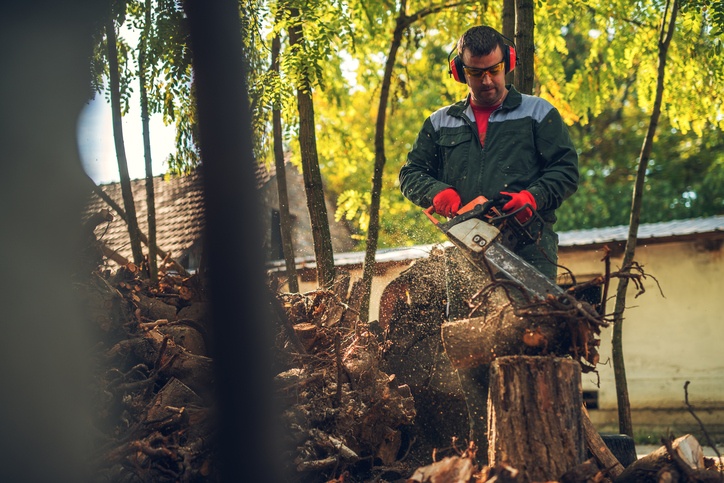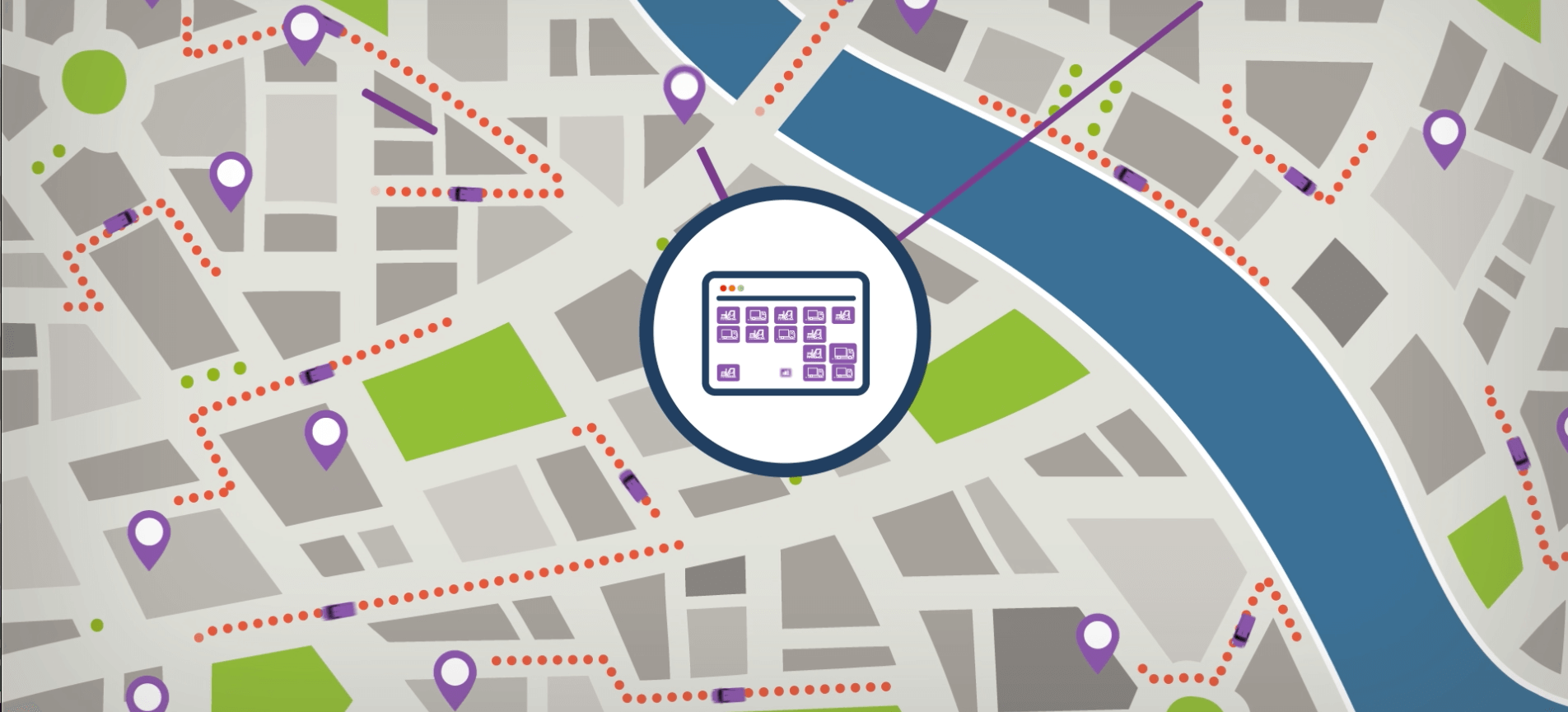Green to Gold: How to win big on civil landscaping projects
There’s no doubt that the landscaping industry makes a big contribution to the Australian economy - generating about $6.3 billion a year and employing more than 34,000 people across 17,000 businesses. In this sector, there are generally three size categories of businesses – the small landscaper with 5 or fewer employees, the mid-sized business running three to five teams across mainly residential projects. And the large-scale business who fulfils million dollar civil and environmental contracts for local governments and other bodies, like schools and golf courses.
When a landscaping business grows to take on these bigger contracts for local government agencies like city and regional councils, the scope of the projects involved – civic garden maintenance, sportsground upkeep, playground safety checks, gardens on traffic islands and so on – introduces a level of complexity to day-to-day business management which is new to the business. Each task has a number of specific requirements attached to it, and these all need to be met by the contracting crew. Not only does each task need to be completed within a certain time frame (usually set out in the form of service-level agreement), but everyone – from the operational management team back at base to the crews on the road need to know the exact status of each job, what is required next, how the team is tracking against contracted deliverables and so on.
If your landscaping business is taking on large civil contracts of this nature, many of the tools and processes that you’d previously used to manage smaller residential projects are likely to no longer be fit for purpose. And like any business, the larger the contracts and the more staff are needed to fulfil them, the more complex life becomes. So how can you capitalise on the growth potential of large-scale contracts without compromising any of the anticipated profits?
Achieving sustainable business growth isn’t easy, and brings its own set of challenges. When a landscaping business starts taking on complex large-scale civil projects, they often struggle with:
- Scheduling and managing thousands of jobs – it’s likely that you will have thousands of jobs to schedule, manage and report on every month. Each job will be handled by a team with a specific skillset. Scheduling also depends on equipment availability. What you’ll need is a solution that will enable dispatchers to efficiently and accurately schedule jobs with the right team and tools. And reschedule all repeating jobs or rain delayed jobs without missing a beat on service levels.
- Mobility – when teams are in the field and on a job, they need to be able to access a system that provides visibility across each job, its specs, and health and safety requirements. They need to record when a job has been completed and if they ran into any problems. And if they finish their daily task list ahead of time, dispatchers need to be able to see the opportunity to reallocate this resource to help teams that may be behind schedule.
Often the opportunity for growth when managing these challenges is to look for a digital solution.
It's with that in mind that we've developed a new eBook: The ultimate guide to large-scale landscaping with technology. It's about managing big landscaping projects efficiently by leveraging the information that drives your business. The eBook outlines the essentials every large-scale landscape business should consider to build a strong, profitable bottom line:
- Increasing customer expectations
Reliable service delivery, effective communication, environmental awareness, and quality accredited systems often form the basis of customer expectations. And when you’re meeting them, you’ll know that you’re providing a great customer experience. - Taking advantage of the information that drives your business
As your business grows, the more data it produces. That data is the key to creating better processes and workflows, and can help streamline any areas where things are not running as smoothly as they should. It’s important to harness that readily available data to produce valuable insights, and to decide what areas of your business you’d like to improve. - Managing operational expenses to grow profitability
A system that can be set up swiftly and scale easily will be the most cost-effective option in the long-term. No-code solutions can be set up and managed in-house much easier than one that requires specific technical knowledge. The right one will enable you and your team to streamline business operations, by avoiding that internal bottleneck that comes with coordinating with multiple dispatchers, operations teams and your IT team. - Using mobile to improve service delivery
An effective business management platform is one that's mobile. It should include easy-to-use apps that allow full job management. Management, crews on the ground and customers should have a crystal-clear picture of what’s going on at any given moment. When it comes to creating a more efficient business and improving service delivery, be assured, there’s an app for that! - The vWork solution
Once your business has grown to 20 or more employees, you need a solution that can greatly reduce the administrative burden by simplifying processes and systems within your company. Our solution is easy to implement and to use, is highly flexible, and helps foster communication between dispatchers and the landscaping team in the field. It also ensures that everyone on the same page for each of the thousands of jobs you manage a week.
These are uncertain times we live in, and your landscaping business will be facing the challenges that brings. That's why now is the time to introduce a more streamlined backend process that better serves your customers, which means you need to focus more on how your business is run.
This eBook will help you adapt your landscaping business so that you're managing all of your large contracts in the best way possible - for growth.
Share this
You May Also Like
These Related Stories

Open spaces: Setting up repeating jobs tagged to sites

Taking the paper out of HVAC job sheets


